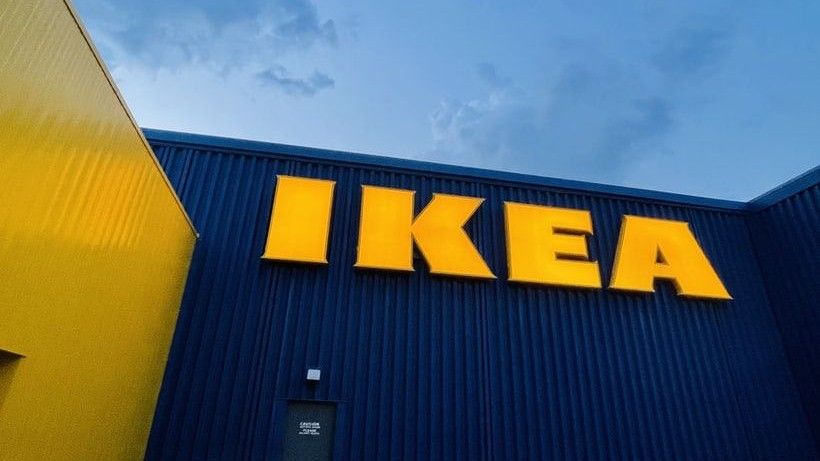Data will be gathered by the National Centre for Species Survival to determine which Irish species are vulnerable, and plans for conservation and recovery will be created for those that are placed on the red list.
It is a member of the International Union for Conservation of Nature's network and one of the 18 species survival centres located throughout the globe.
Dublin Zoo will collaborate with Irish organisations dedicated to conservation, such as the Irish Peatland Conservation Council and Bat Rehabilitation Ireland.
"Dublin Zoo has for many years been supporting conservation projects both internationally and here in Ireland," stated Dr Christoph Schwitzer, director of the zoo.
He highlighted instances of the zoo's collaborations with Birdwatch Ireland on a barn owl project and the Peatland Conservation Council to safeguard the extremely threatened marsh fritillary butterfly, which is now only found at a few spots in Ireland.
"As we see the significant decline in species, 60% of species lost over the last 40 years, zoos are becoming increasingly important and are at the frontline of nature conservation, so managing and trying to save individual species as we work to restore nature over time, I think that needs to be the way forward," stated Malcolm Noonan, Minister of State for Nature, who was present at the zoo to officially open the centre.
He noted that in an effort to preserve species, the National Parks and Wildlife Service and Dublin Zoo have long-standing cooperation.
Collaborating with landowners was essential, Mr. Noonan continued.
"We have many species on the red list and I think it's important that the resources we've been putting in through Government over the last number of years, through the National Parks and Wildlife Service to work in collaboration with landowners, to work in collaboration with other partners like the zoo, is I think an important way forward," he stated.
Dr. Andrew Mooney, coordinator of the National Species Survival Centre, said to RTÉ News: "I think that in Ireland, the threatened species, that we often associate with wildlife are things like elephants and rhinos, but at home here in Ireland, species look much smaller, so things like the marsh fritillary butterfly."
The corncrake, the natterjack toad, and wading birds were among the other endangered species in Ireland mentioned by Mr. Noonan.
The pine marten is one natural Irish species that has been resurrecting after experiencing a decline in population.
More native Irish trees have been planted, which is excellent news for the native red squirrel because the invasive grey squirrel, which was brought over from North America, has been outcompeting the red squirrel in many regions.
Because the pine marten is a grey squirrel's predator, red squirrel populations have begun to rise in certain regions.
Dr. Schwitzer continued: "Unfortunately we've got rid of some of the predators here in Ireland and elsewhere in Europe as well, so that sometimes allows invasive species to increase in numbers dramatically."
But in response to a question concerning the potential return of one of Ireland's keystone predators, the wolf, he stated: "Those who live in the rural areas where wolves would roam, especially farmers keeping livestock, need to be onboard with whole thing."
"I'm not saying it's impossible, but it is something that really needs a lot of consideration, a lot of discussion with stakeholders."
Therefore, anyone interested in seeing wolves in Ireland for the foreseeable future should go to Dublin Zoo.















